History/driving impressions originally published in AutoWeek December 12. 1988
Every Italian with a hammer and a tree stump is a body man, and in Italy two tree stumps together is a carrozzeria turning out wild, wonderful and, sometimes, strange shapes.
But in practical Switzerland, where one grows up making multijewel watches or pocket knives that do everything but whittle, coachcraft seems a less common talent. One thinks of the classic shapes of Graber or the surrealistic forms from Franco Sbarro; beyond that there is Bueler and, for those specializing in the obscure, Langenthal and Worblaufler. And then there was Ghia-Aigle. It’s a name is probably only partly familiar. Although reports on the Geneva auto show in the ‘50s would usually include a photo of the shop’s latest project, little more was ever reported in English-language publications.
Ghia-Aigle began in 1949 when a Mr. Philippi traveled from Aigle, Switzerland, to Turin, Italy, proposing that his auto body repair shop would build bodies based on Italian design. The carrozzeria Ghia lent its name, hyphenated with that of Mr. Philippi’s hometown. It has been reported that Ghia, then run by Felice Mario Boano, was not particularly enthusiastic about the idea but in the end was persuaded to go along. Allied bombing had leveled the Ghia factory in 1943 and Giacinto Ghia himself had died in 1944, and it is likely, although Ghia had resumed coachwork in 1946 and in 1950 would begin work for Chrysler, that the firm was short on the amount of working capital that Mr. Philippi was able to provide.
Ghia-Aigle’s first project, in 1949, was the conversion of a Mercedes 170 V into a station wagon. It wasn’t elegant but it was a start and was followed by a pair of Jowetts. Ghia-Aigle then re-bodied a Bugatti Type 57 and in 1953 introduced an MG TD cabrio that retained the original grille but had otherwise modern styling. The MG cabrio went into limited series production and was joined by a coupe version.
The body for the MG was designed by Giovanni Michelotti and let him into becoming something of a house designer for Ghia-Aigle. Michelotti cabrio and coupe bodies for the Singer SM 1500 followed as did a Fiat 1100 TV Coupe Competition.
A number of coach builders built on the Dyna-Panhard, a small French car with a lightweight chassis and horizontally opposed two-cylinder engine, and in 1954 Ghia-Aigle showed a pair of designs on the chassis at the Geneva show. One was a rather conventional coupe, the Ghia Coupe Luxe, and Ghia-Aigle was to produce about a dozen of this model.
The other was the Grand Sport Coupe and although it had a relatively tame tail and a semi-fastback roof, it had a rather peculiar nose. Flanked by protruding headlights on the front fenders was a grill opening whose bottom edge projected further than the top, giving it the look of a goggle-eyed fish.
Two were made for the Geneva show, one for the stand and one for a demonstrator outside. One of these cars was bought by an American from Spokane, Wash,, named Seymour Northrup, who paid about $5000 for the car, enough then to buy a big Cadillac or a small house. The car went through three other owners in the Spokane area, and a 1978 it was bought by Dave Newton of O’Fallon, Ill., who owned it when I drove it. It hadn’t been used much. The odometer read only 41,000 kilometers. It now belongs to Bill Jacobs of Wooster, Ohio.
The chassis and engine are pure Dyna-Panhard: an 850 cc horizontally opposed two-cylinder engine drives the front wheels. The fully independent front suspension consists of an upper and lower transverse leaf spring; dead axle on torsion bars for the rear.
Ghia-Aigle supplied the aluminum body and fitted the interior with two bucket seats and sparse and rather crude trim. Of course, this was the sporting variant (it says “Competition” on the hood) and the builder wasn’t about to waste precious ounces on useless fabric. But the dash has a number of useless knobs, apparently for show car purposes, and there’s no ignition switch and it doesn’t appear that there ever was! Bodies on the production cars varied in detail but maintained the same overall shape.
The major controls were not changed by Ghia-Aigle so the four-speed shifter is still on the column and communicates with the transmission via cables. The day I drove it the shifter had a rather gummy feel and the synchros were easy to beat.
The engine is rated somewhere between 40 and 50 HP (depending on exactly which engine version Ghia-Aigle used), and in a car that weighs around 1300 pounds, the performance is, if not breathtaking, adequate. Don’t tell that to the engine, however, which gamely leans to the task, revving freely and torquing happily and making delightfully rorty noises.
Ghia-Aigle built approximately 12 Grand Sport Coupes overall and for the remainder of the ‘50s Ghia-Aigle built bodies on a variety of chassis,, including several Alfa Romeos that were shown at the Geneva shows. Ghia-Aigle also made a supercharged VW sportster along the lines of the Karmann-Ghia but not quite the beauty queen the VW is (faint praise for the latter intended).
Pietro Frua designed several cars for the Swiss firm toward the end of the decade, including a coupe on the Alfa Romeo 2000 chassis. In 1960, he helped write Ghia-Aigle’s final chapter by designing an elegant Jaguar coupe reminiscence of the early Sunbeam Alpine. Unit-body construction finally forced Ghia-Aigle out of coachbuilding. Knowing when to walk away, the Swiss firm, practical to the end, returned to the more mundane tasks of accident repair, which it still continues today.
Despite my best efforts, the Ghia-Aigle Gran Sport Coupe was the only Swiss-built coupe I’ve ever driven, There were several from Monteverdi, particularly the Hai, a supercar with a mid-mounted Chrysler V-8. But I’m happy with the Ghia-Aigle, a mystery to most and delightfully obscure.
Ghia-Aigle stopped coachbuilding in 1960 and ceased operations altogether in 1988, about the time this article was written. Additonal information about Ghia-Aigle, including photographs of a Bugatti and a Ferraeri rebodied by the the coachbuilder, is available here.






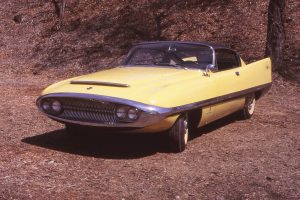
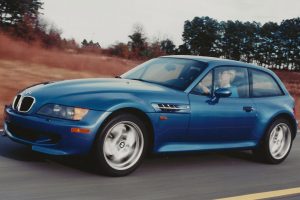
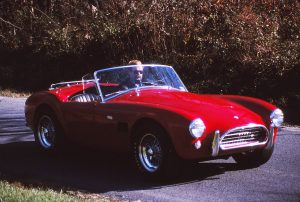
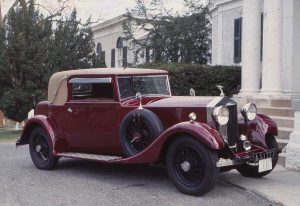
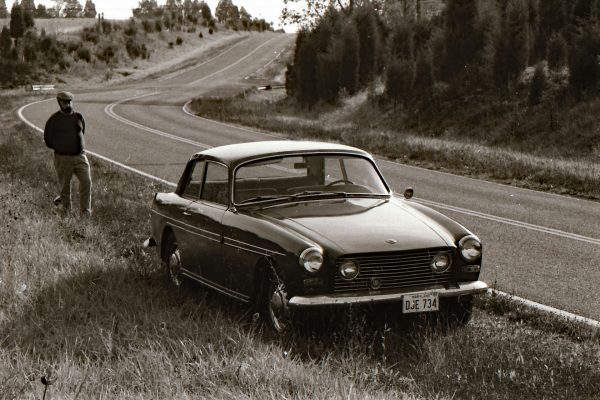
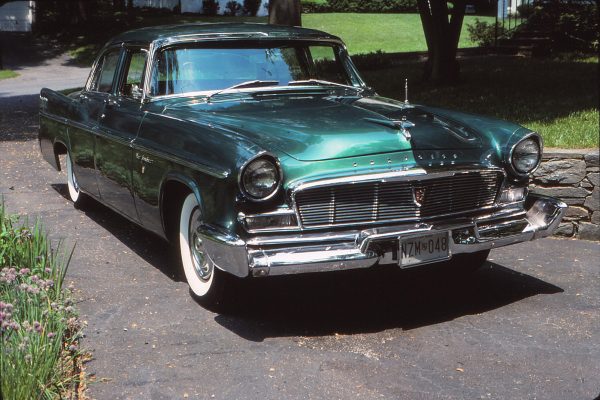
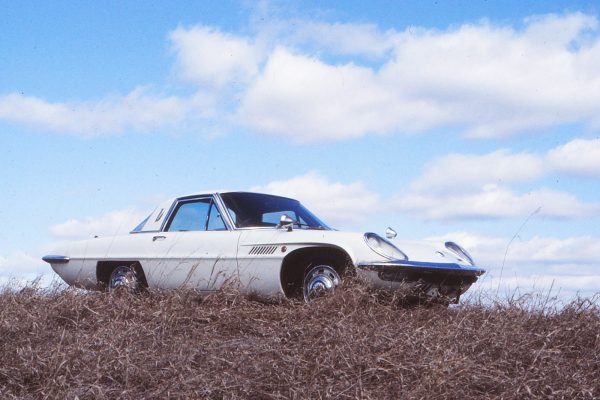
Thanks for sharing. You must have a ton of good memories from researching and driving the cars. Thus the name “Remember Road”